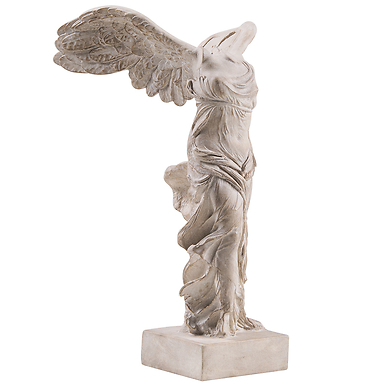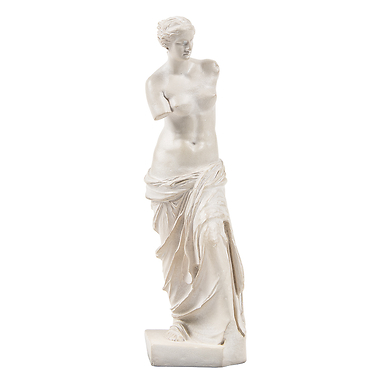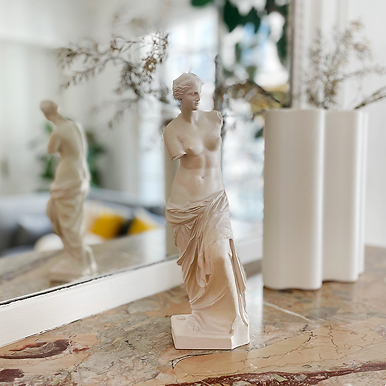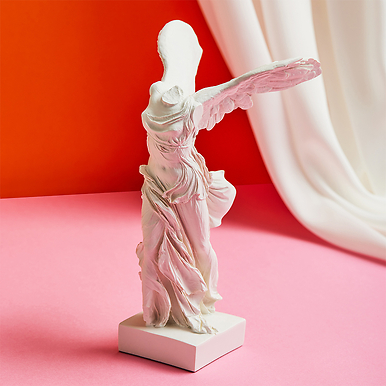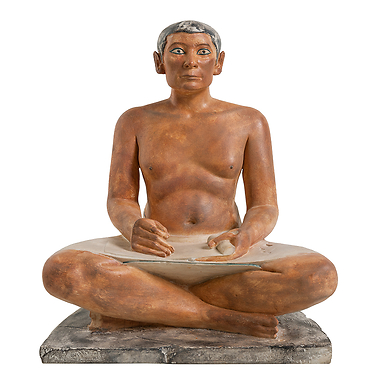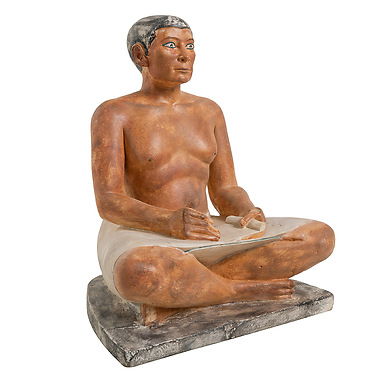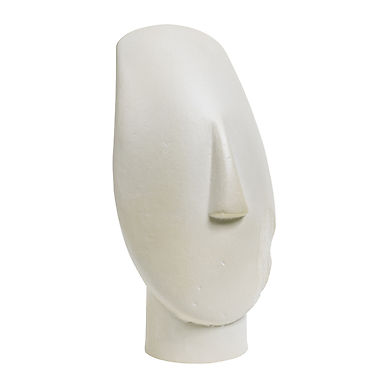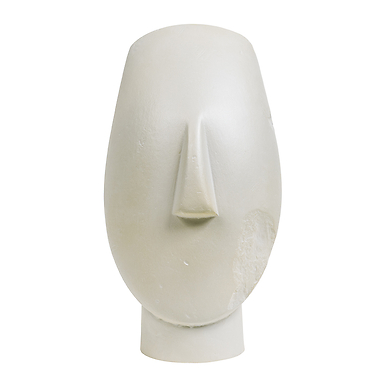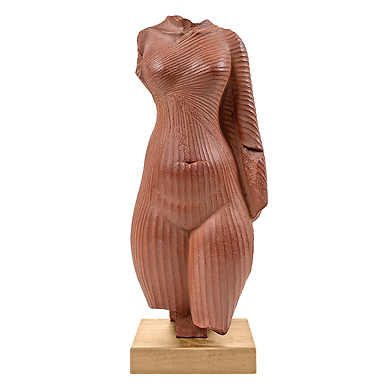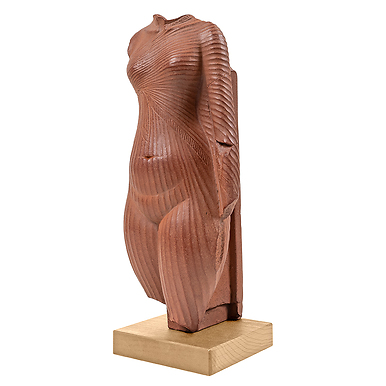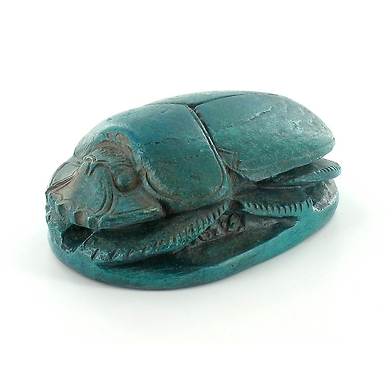Sculpture Little Sleeping Girl Tanagra
TC002145
Hand patinated reproduction. Mold made from a print of the original work on display at the Louvre.
The theme of childhood treated by Greek artists knew a great success due to increased interest for human diversity at all ages of life. From more or less naturalist types perfected by Athenian artisans...
Read more
Hand patinated reproduction. Mold made from a print of the original work on display at the Louvre.
The theme of childhood treated by Greek artists knew a great success due to increased interest for human diversity at all ages of life. From more or less naturalist types perfected by Athenian artisans towards 340BC and today called "Tanagran" due to a great number of them found in a tomb of Tanagra (Béotie), the workshops of the whole Mediterranean region produced subjects which they adapted to the local demand for more than a century.
Alexandria, founded in 331BC by Alexander the Great, was an important centre producing these subjects which furnished the original one from the Syncretic Egypto-Greek religion which was developed there (Aphrodite-Isis, Harpocrate, Serapis, Bes ?). The statuette reproduced here could have been created towards 200BC in the line of the type called "Tanagran".
While elsewhere the cultural vocation of these statuettes is proof of existence (sanctuaries, houses) in Alexandria, they seem to play essentially a role in funerals. The city's necropolis has delivered hundreds of these which accompanied the dead for their lives in the afterlife. They give us today indications regarding their identity and maybe the age at which they have left the world. Even though we ignore the exact location where this statuette had been discovered, the little girl with slight Negro traits had probably been put into the tomb of a child.
Seated on the floor with legs folded against her chest, she is sleeping while holding in her hands a crown of colourful flowers. This sleeping girl would have provided us with an additional proof of what it was meant for. Effectively the funeral vegetal decoration have been found in the tombs in Egypt whose climate, contrary to that in Greece, is suitable for the conservation of organic material.
Close
Sold by GrandPalaisRmn












